【 Suzhou. Nantong. Yancheng 】 Water rhyme Jiangsu, three days and two nights do not forget the original heart of the trip
Preface: Do not forget the journey of the original heart
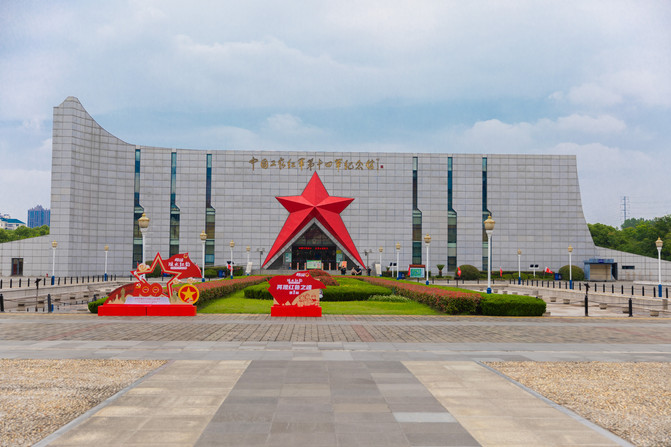

This is a special trip, as a native of Jiangsu, I have been to many scenic spots in the province, but I have not walked the red route. This time, by chance, we from Suzhou to Nantong, Yancheng, this is a journey that does not forget the original heart.
One: Suzhou
1. Shantang Street


Suzhou Zhongshantang Street is a famous historical and cultural street in China, known as "the first ancient street in China". Visitors to Suzhou, basically will not miss here. Shantang Street has always been called "the epitome of old Suzhou and the window of Wu culture".


Water town Suzhou, many rivers, many Bridges, Shantang Street is the most Suzhou Street Qu Shui lane characteristics. After the rain, the air is full of the fragrance of flowers and earth, which is refreshing.


When Emperor Qianlong of Qing Dynasty visited Jiangnan during Renwu year, he wrote "Seeking victory in the Mountain Pond" in Qili Mountain Pond, which is now protected by the imperial stone pavilion beside the Mountain Pond Bridge. After Qianlong returned to Beijing, he built Suzhou Street in the back lake of the Summer Palace modeled after the Qili Mountain Pond.


Shantang Street Shantang River parallel, stone bridge connecting the two sides of the river, on both sides of the street wall black tile. Today, although we can no longer see the past Ming and Qing dynasties when the cruise ships gathered, every night and song Shantang scenery, but without losing the unique Jiangnan water town caressing and gentle.


Idle afternoon, you can have a good stroll in the streets, there are a lot of cultural and creative products, as well as local characteristics of clothing, special food, there will be you like.
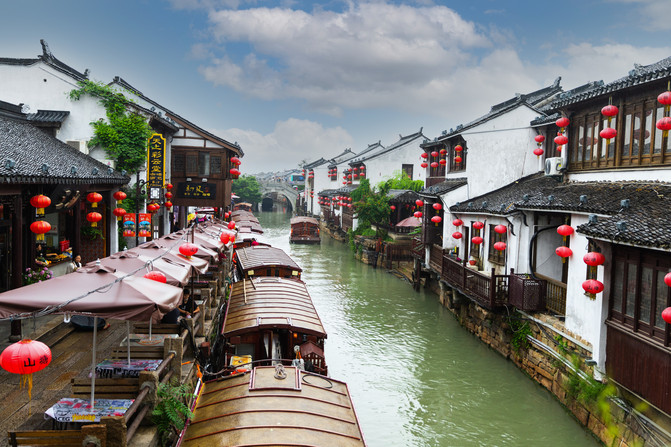

The mountain pond river flowing slowly, the boat quietly across, everything is just right, this is Suzhou, is the appearance of Jiangnan.
2. Shajiabang

More than 70 years ago, the wounded and sick of the New Fourth Army hid in the reeds of Changshu, under the cover of the local masses, and fought with the enemy. This story was later translated into the modern Peking Opera Shajiabang and became famous all over the world.

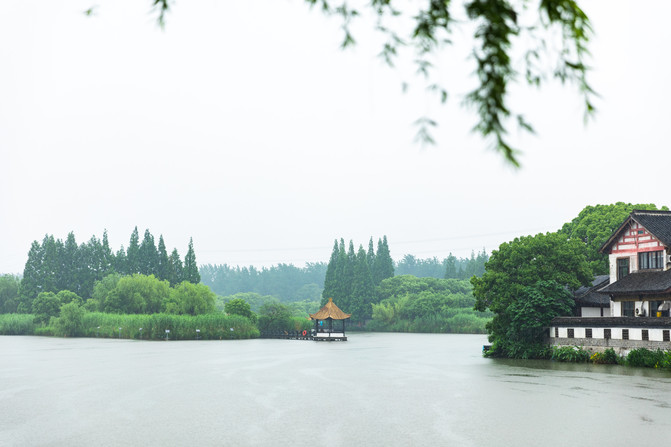
In the afternoon, we came to Changshu Shajiabang scenic area, into the scenic area, I found that once the war of Shajiabang, is now a beautiful wetland park, the lake is clear, the reed tall and graceful.

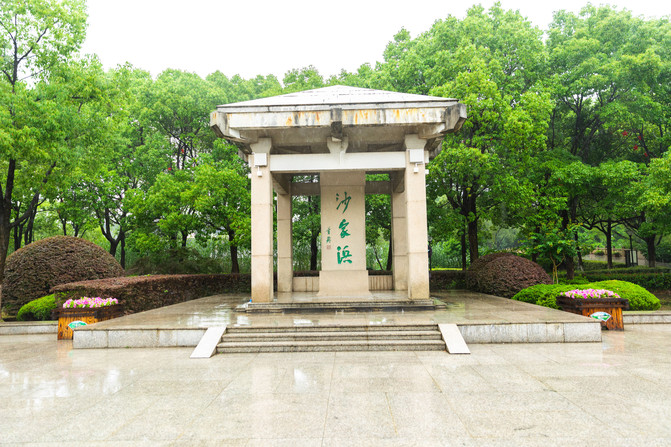
Suddenly it began to rain, but it did not dampen our enthusiasm at all. Continue to go, you can see the stone monument of Shajiabang.


Entering the Shajiabang Revolutionary History Memorial Hall, the museum displays more than 400 revolutionary historical pictures of Shajiabang during the democratic revolution and more than 40 revolutionary cultural relics, reproducing the touching story of the anti-Japanese army and people in Shajiabang at that time.

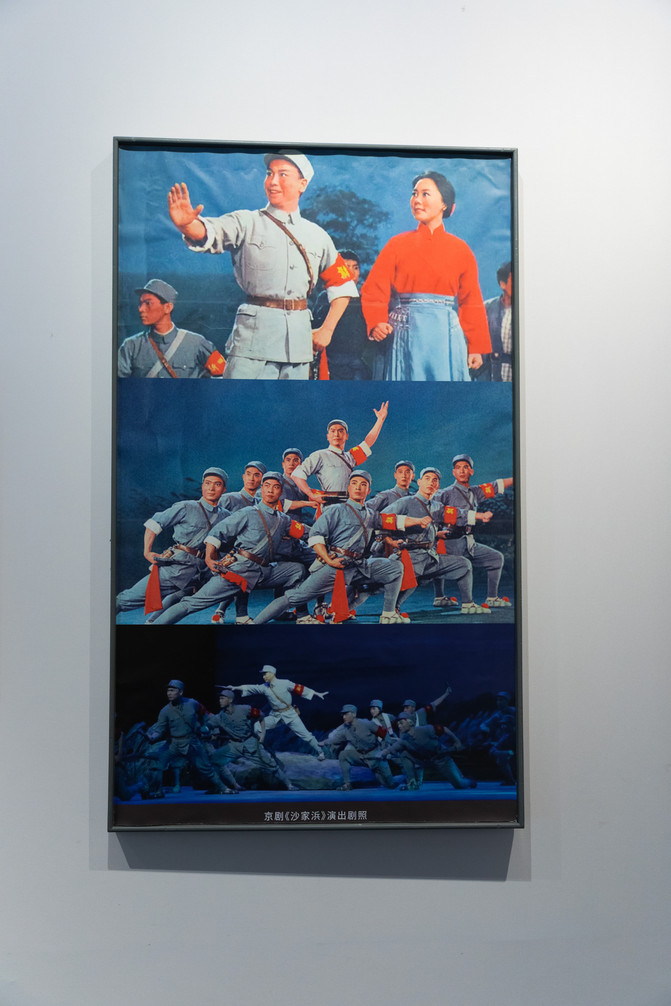
Under the guidance of the docents, we watched the pictures reflecting the battle scenes of that year, the weapons used by the soldiers, listened to the anti-Japanese deeds of the heroes, revisited the fearless spirit of the revolutionary martyrs, and accepted a profound and vivid red education.



Reed marshes are the witness of Shajiabang's revolution and the key to victory. Deep in the scenic area, reeds fragrance, crisscross the river port and dense reeds, constitute a narrow, deep, winding winding path here.



Riding a small boat through the reeds, looking around, the eyes are full of dense reeds and similar paths, so that people can not distinguish east, west, north and south. In it, I really realized the resourcefulness and bravery of the New Fourth Army when it turned to the reed.



Before leaving, in front of the ancient stage of Spring Teahouse, listening to Shajiabang excerpts, Aqing's bravery, let us feel the deep love between the army and the people.
Ii: Nantong
1. Memorial Hall of the 14th Army of the Chinese Workers and Peasants Red Army


Rugao is a revolutionary old area in Nantong. In 1930, the 14th Army of the Chinese Workers' and Peasants' Red Army was formally established in Rugao, which was the only regular Red Army born in Jiangsu during the land Revolution.


When we came to Nantong from Suzhou, our first stop was the memorial hall of the 14th Chinese Workers' and Peasants' Red Army. The whole memorial hall is composed of the memorial hall of the 14th Red Army, the Youth Red Army History Education Hall, the Youth Red Army history education and development training base and the square landscape.


The inner hall is divided into upper and lower two floors, consisting of 8 exhibition halls, preface hall and tail hall, namely, Jianghai Dawn, long night thunder, chopping wood to raise righteousness, picturesque military flag, innovation, Jinge Iron Horse, blue blood and Red Heart, wildfire and spring breeze.


The museum uses modern sound, light, electricity and other means of expression to restore the image, vivid and intuitive historical scenes, and truly reproduces the arduous and impressive revolutionary history of the Red 14th Army during the agrarian revolution.



Time flies, years are like waves, although the Red 14th Army's earth-shaking struggle scene has gradually faded away, but the spirit will be passed down from generation to generation.



After visiting the memorial hall, people are awestruck, and today's happy life is hard-won, and it is the heroic struggle of the martyrs in exchange for blood. We should cherish today and strive for a better tomorrow.
2. Memorial Hall of Seven Victories in Seven Battles of the Soviet Union


Located in Haian City, Jiangsu Province, the Memorial Hall of the Seven Battles and Seven Victories in the Soviet Union is a national "red tourism" scenic spot. The memorial Hall is a commemorative exhibition hall built because the Central China Field Army fought seven times in a row, fought and won, thus accelerating the victory process of the liberation war.
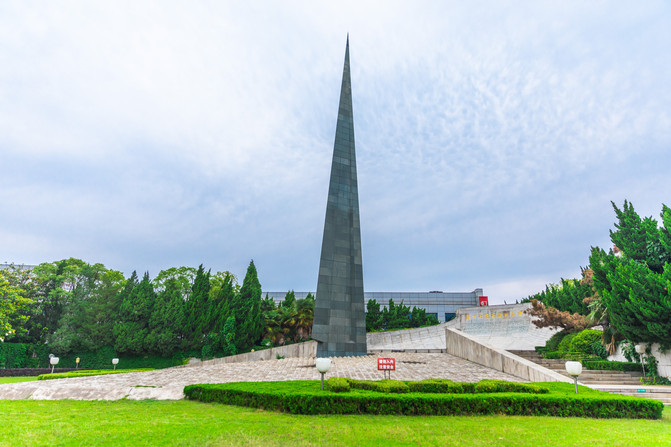

The memorial hall has a monument, exhibition hall, defense park, square, etc. It is not only a patriotic education base, but also one of the scenic spots of red tourism, but also the best place to learn about history.


Now in the national defense park, you can also see aircraft, tanks, guns and other physical objects, tourists can visit at will, take photos. The victory of seven battles and seven victories is a typical example of the victory of many with few in the history of Chinese wars, and is also a miracle in the history of world wars.


Entering the museum, the window displays many historical pictures and hundreds of cultural relics, reproducing the battle and victory of the Soviet campaign.


From July 13 to August 27, 1946, under the command of Su Yu and Tan Zhenlin, the Central China Field Army attacked the 120,000 American-equipped Kuomintang Army with 30,000 troops, fought seven times in a row, and won the victory of annihilating more than 53,000 people.



The seven victories in the seven battles between the Soviet Union and China are of great significance politically and militarily. It has written an exemplary chapter in the history of Chinese war with fewer victories, accelerated the victory process of the liberation war, and demonstrated the great strength of the military and people of the Soviet Union.



The campaign showed the extraordinary military command ability of the older generation of proletarian revolutionaries such as Su Yu. The spokesman of the Yan 'an headquarters spoke highly of the Soviet campaign, saying that it was "seven battles and seven victories."


Before coming out of the hall, we saw the main generals who participated in the war that year, with a lot of emotion, we should not forget the martyrs, pioneering and striving to create a brilliant spiritual outlook.
3. Riverside Park


Nantong Binjiang Park is a collection of sightseeing, sightseeing, rest of the Linjiang ecological park, here the scenery is beautiful, with the city's rare pastoral landscape.


Binjiang Park is an important part of the Wolf Mountain Scenic area. It is adjacent to the port in the north, the Yangtze River in the west, Huangma Mountain in the south, and Nantong Horticultural Exposition Park in the east.


The whole Binjiang Park has port area, riverbank scenery area, clear water golden beach area, leisure new world, wetland ecological area, Longzhao reef area, etc. As the best section of the Yangtze River living waterfront in Nantong city, local residents often come here for a walk.


Walking to the river, close to the river, experiencing the magnificent east of the river, but also feeling how hard-won our current life is.
Three: Yancheng
1. New Fourth Army Memorial Hall


The last stop, we came to Yancheng. The glorious history of the Anti-Japanese War of the New Fourth Army is an epic of struggle with the party holding the flag and listening to the party's command, and it is a heroic song of firm faith and unswerving loyalty.


Yancheng New Fourth Army Memorial Hall is the national defense education demonstration base, the national patriotism education base, one of the five key memorials in Jiangsu Province, is a comprehensive memorial hall that comprehensively and systematically reflects the journey of the New Fourth Army in the war of resistance.


The museum consists of three parts: the main museum area, the reconstruction of the military memorial tower and the reconstruction of the old military site. There are carved areas on the east and west sides of the memorial hall, reproducing the scene of the heroic resistance of the central Chinese army and people under the leadership of the Communist Party of China.
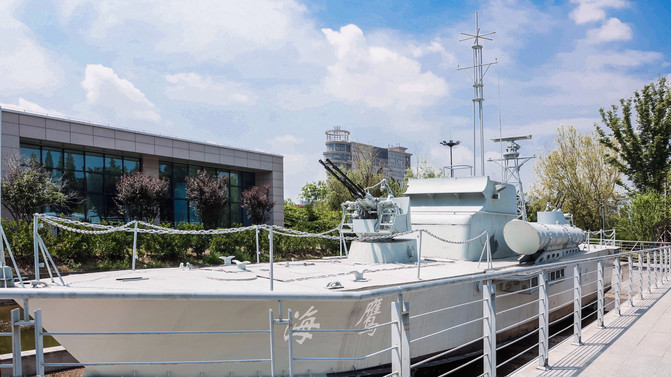

In addition, there are also the Sea Eagle and aircraft, when we came, the weather was very good, just happened to meet the local school pupils to come here for patriotic activities, they sang red songs together, touching.


In the New Fourth Army Memorial Hall, modern display means such as sound and electricity are used to reproduce the beacon years of the eight-year war of resistance and ten-year journey of the New Fourth Army.
Each cultural relic tells the life and loyalty of the soldiers of the New Fourth Army.



An immortal soul, an eternal inspiration. In the smoke of gunfire, the soldiers of the New Fourth Army forged the iron army spirit of the New Fourth Army with their blood and lives. Their spirit has inspired generation after generation of Jiangsu sons and daughters, do not forget the original heart, remember the mission, and work hard.
